The 50 best horror books: The scariest books ever printed
These are the best horror books to gorge on, the most terrifying reads you could dare to face...

Grace Dean
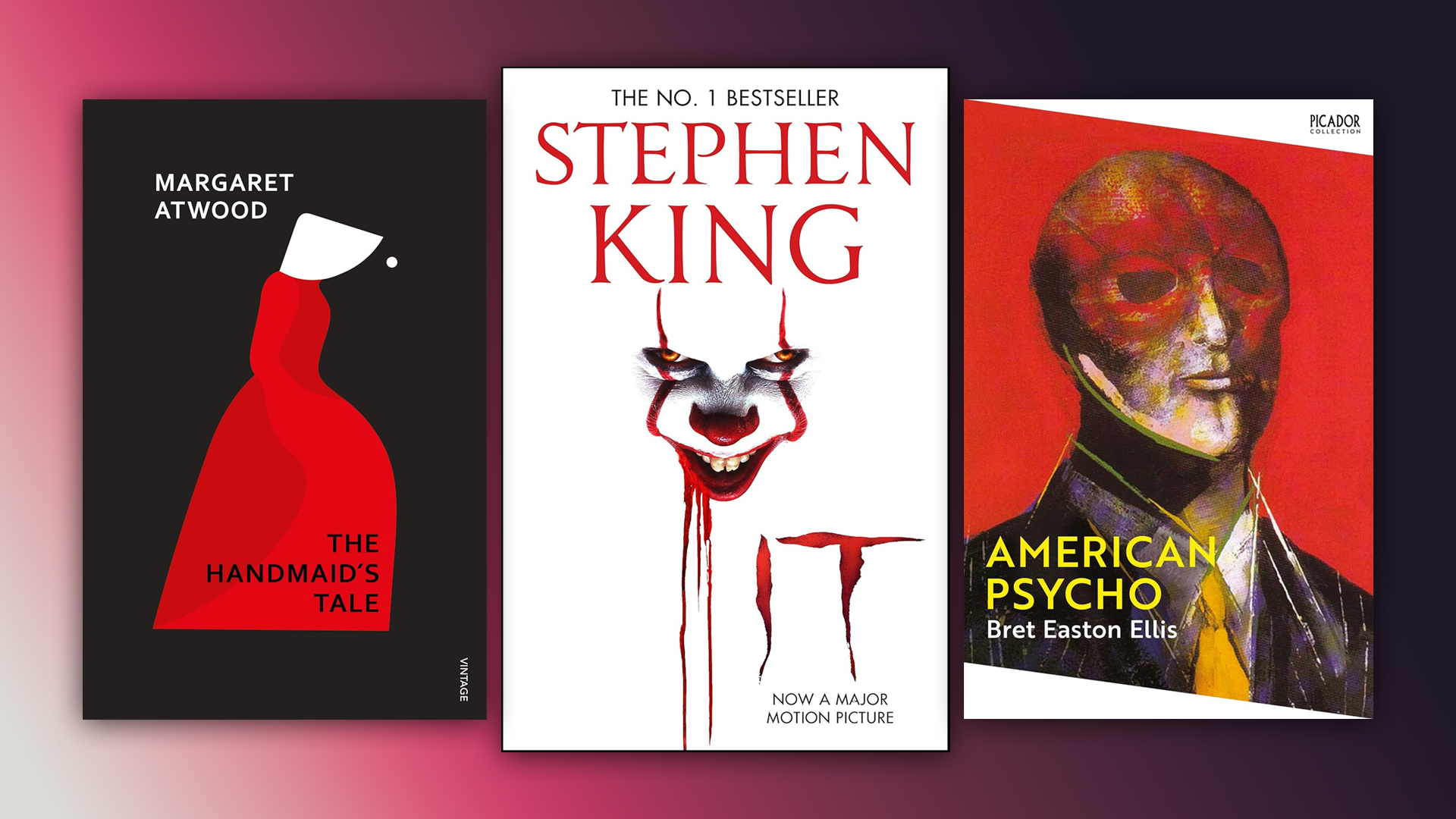
When you’re looking for something to scare you out of your wits, you most likely reach for the TV remote, daring to scan the horror pages of streaming services. But, why not pick up one of the all-time best horror books, instead? After all, there’s a multitude of movies that found their origin in the pages creepy tomes.
It doesn’t have to be spooky season to enjoy a scary book, but it certainly adds to the atmosphere if you find yourself in the dark, reading from what you hope to be the safety of your home, before being transported to worlds completely detached from your own.
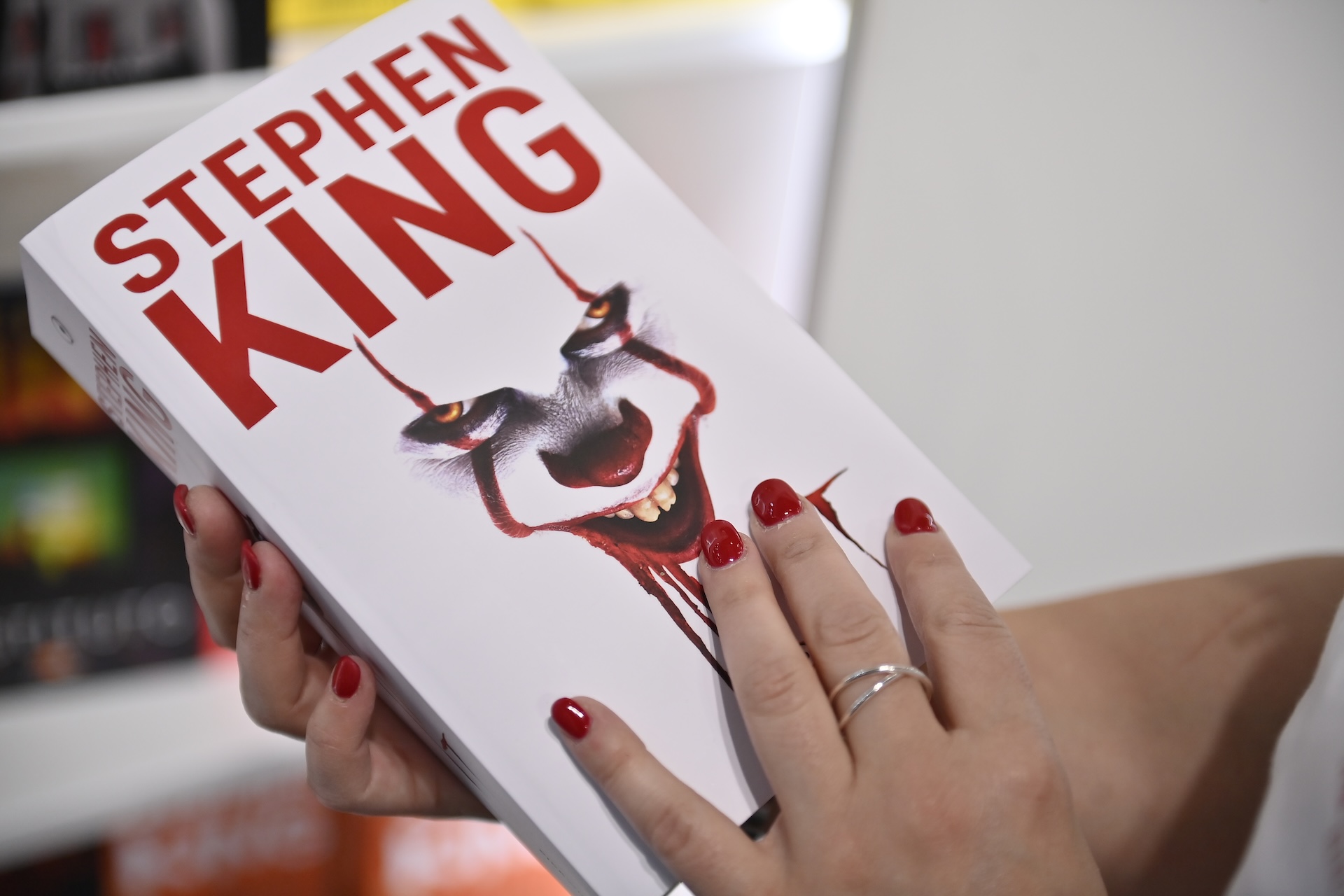
Unsurprisingly, Stephen King is found atop our list of the best horror books of all time. He is, after all, one of the greatest horror writers of all time. And while his novels litter our list, so do many writers that have found their own voice in the genre. Incredibly creepy voices, I might add.
Horror as a genre though is not defined within the confines of ghosts and gore or mutants and murder — horror itself can be incredibly successfully written when psychologically terrifying, by isolating individuals and by making you question what’s real. And the books in our list have twists on the genre that make them stand out from one another and stand out amongst busy bookshelves swimming with petrifying reads.
Ghost stories are great and they’re here in this list, but so are tales of twisted dystopias and horrifying depictions of survival. And, unlike movies, books ask you to truly think and imagine the situations for yourself and for the characters you’re reading about. Arguably, when you have to envision something terrifying all on your own, the immersion is a whole lot deeper, and more terrifying.
So, our newly-revisited list of the best horror books of all time contains 50 titles — and 50 reasons to be truly scared. Peruse our offerings, become lost in the tales, and see if you can bear to read another. Plus, if there’s a book missing here that made you add an extra lock to your door, then leave it in the comments below and we’ll see if we dare add it to the list.
Kindle Unlimited is Amazon's subscription service to e-books. Sign up and you a month free and access to thousands of titles.
The scariest books of all time
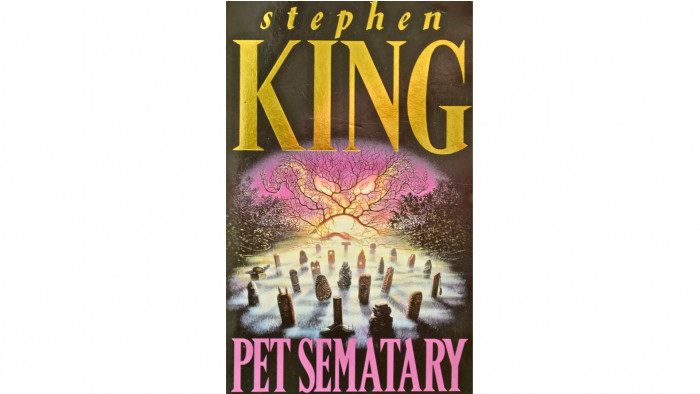
Published in 1983
If you relish catching a dose of the heebie-jeebies while reading, then this is the book for you. Stephen King himself has declared this his most frightening work, and who are we to argue? Death, insanity and bizarre burial rituals are just a few of the gory themes that pervade this majestic work of horror writing. Those of a fragile bent are advised to steer well clear.

Published in 1986
Whilst Pet Sematary is arguably the scariest of King’s books, IT is the next pick that most definitely deserves a mention in this list. Creepy clown lurking in the sewers? Don’t mind if I do. And Pennywise, the child-eating jester, found its origins in real-life crimes and King’s own personal childhood fears, making it all the more believable — and all the more reason not to invite a clown to a kid’s birthday party.
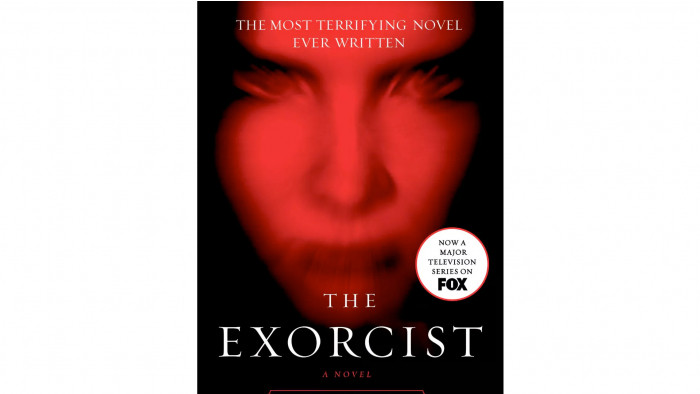
Published in 1971
If you thought William Friedkin’s adaptation of The Exorcist was petrifying, just wait until you read the source material. Inspired by real events, Blatty’s story of demonic possession and exorcism cuts right to the quick. When 12-year-old girl Regan MacNeil starts to behave irrationally her mother soon realises that she has been possessed by evil spirits and turns to the church for help. The manner in which the priests Father Merrin and Karras fight to rid Regan of the demon is unforgettable.
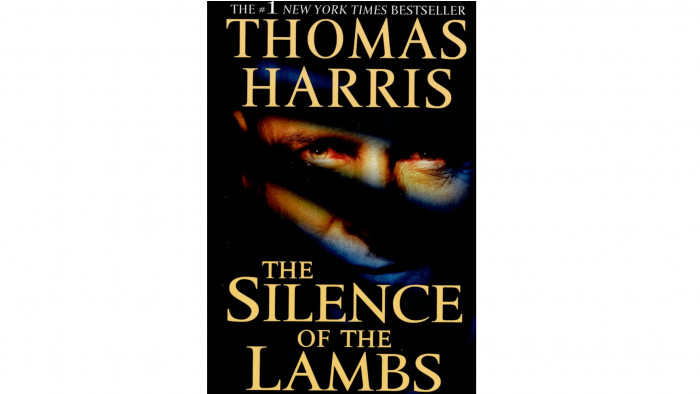
Published in 1988
You thought Jonathan Demme’s Oscar-winning adaptation was scary? Prepare for the real deal. Sociopath Dr Hannibal Lecter is even more terrifying on page – his torturous, playful and gripping mind games with FBI trainee Clarice Starling are a master class in suspense and drama. The serial killer Buffalo Bill is no less menacing and it takes a sturdy disposition to emerge from the book unscathed. You have been warned.
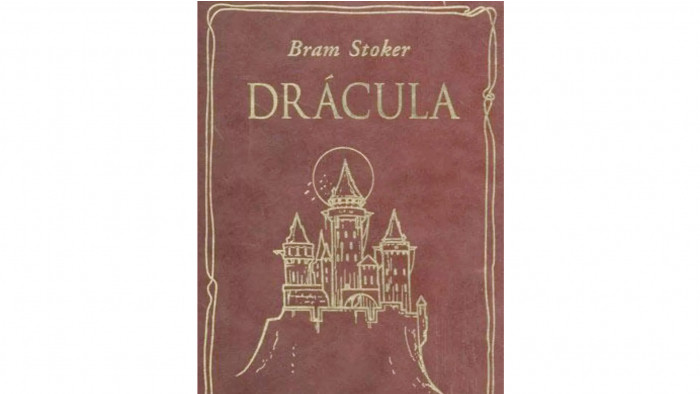
Published in 1897
The finest example of Victorian gothic horror. The characters that Stoker brings to life are vivid, memorable, unsettling… not least Count Dracula and his nemesis Abraham Van Helsing. Although Stoker wasn’t the first to pen vampire literature, his rich and powerful novel about bloodsuckers came to define modern perceptions of the folkloric undead.
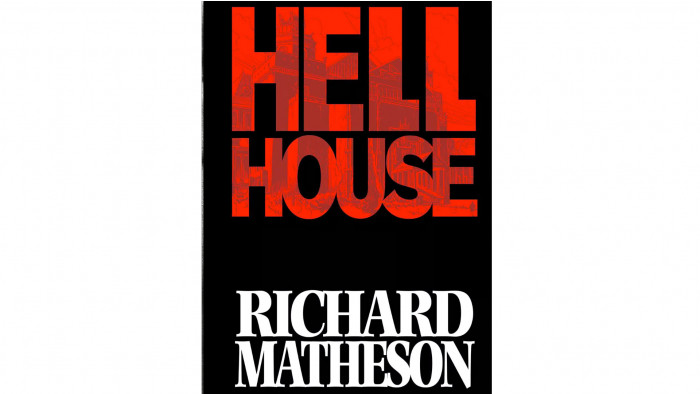
Published in 1971
Blurbs on books that suggest things like ‘those of a nervous disposition should not read this’, are more often than not marketing hokum designed to intrigue and inspire the potential reader to part with their hard-earned cash. In this case, it’s true.A marvellous and thoroughly intelligent suspense thriller, Hell House concerns just that – a house that corrupts and destroys all that enter it. Four people try to rid the house of its evil potency with violent consequences. No less an authority than Stephen King declared Hell House to be the scariest haunted house novel ever written.
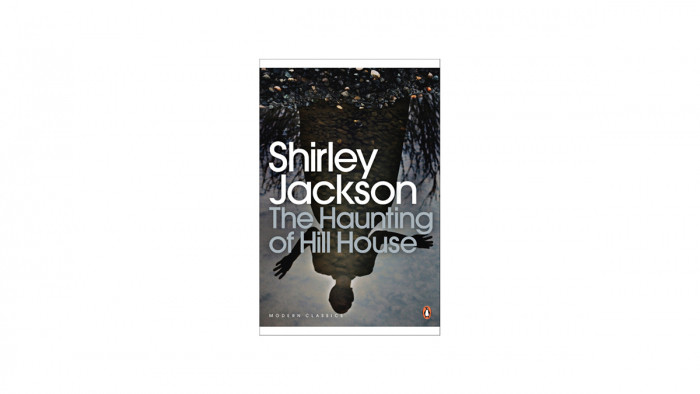
Published in 1959
There's been renewed interest in this novel thanks to a Netflix adaptation last year. But Shirley Jackson's classic gothic horror novel is a fantastic read in its own right. It's a twisting and turning ghost story that plays on psychological terror just as much as horror. It's one of those books you'll think about for days (or even years!) after your first read. What's more, famous modern writers including Neil Gaiman and Stephen King credit Jackson with inspiration for their horror and fantasy writing.
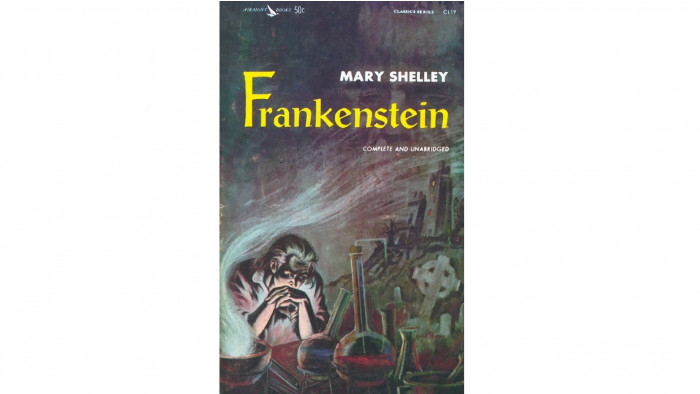
Published in 1818
Prompted by long colourful conversations with her future husband Percy Shelley and the scourge of straight English society, Lord Byron, Mary Shelley’s Frankenstein (or, The Modern Prometheus) is regarded as one of the first genuine science fiction novels.It’s archetypal gothic horror and although the story of an ambitious doctor ‘creating’ a monster is well worn, it still speaks to – and spooks - readers nearly 200 years on.
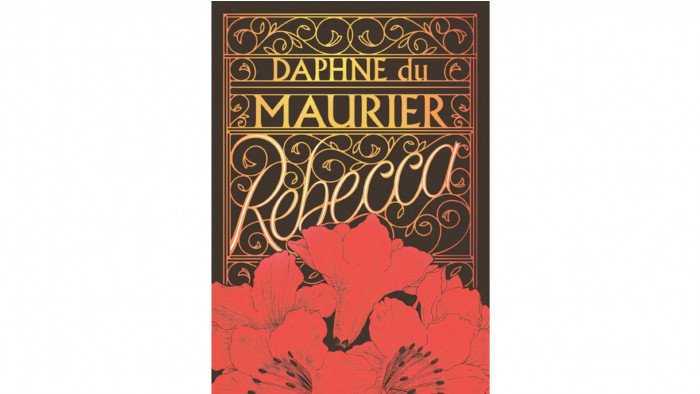
Published in 1938
Even now, generations removed from the publication of Daphne du Maurier’s gothic classic, the name Rebecca conjures up untold chilling imagery.The scariest aspects of Rebecca are those things that are left unsaid – from the lack of a name for the narrator to the mystery behind the titular character’s gloomy death. And the questions posed in the novel and the lies that prop up a supposedly perfect marriage keep on haunting the reader to the bitter end. As for the housekeeper, the evil Mrs Danvers… well, let’s not go there.
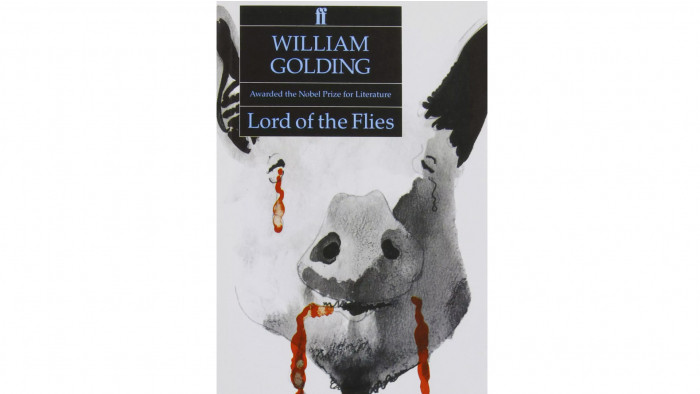
Published in 1954
The manner in which society can quickly descend into madness is a frightening concept. The manner in which this can seemingly happen at any strata – in this case a bunch of well-heeled boys on a desert island – is even more shocking. William Golding’s allegorical novel questions the very essence of human nature – are we good or evil? – and does so in the form of a boy’s own adventure novel. Have we really come that far from our savage ancestors? A shocking – and petrifying – piece of fiction.
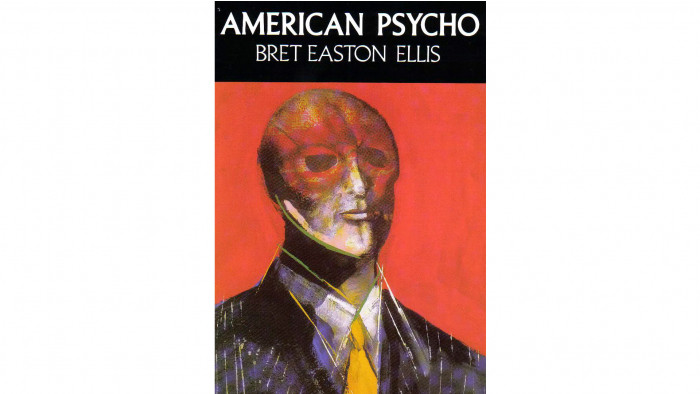
Published in 1991
An easy choice? Perhaps, but any list that discards Ellis’s colourful and controversial tale is, to use the parlance of the day, an epic fail. Patrick Bateman’s descent into madness, his graphic retelling of the gory murders he seems to revel in and his glorification of vapid consumerist culture all go hand-in-hand. As well as being hideously disturbing, Ellis’ book is very, very funny, packed with 80s music references and hilarious streams of consciousness.
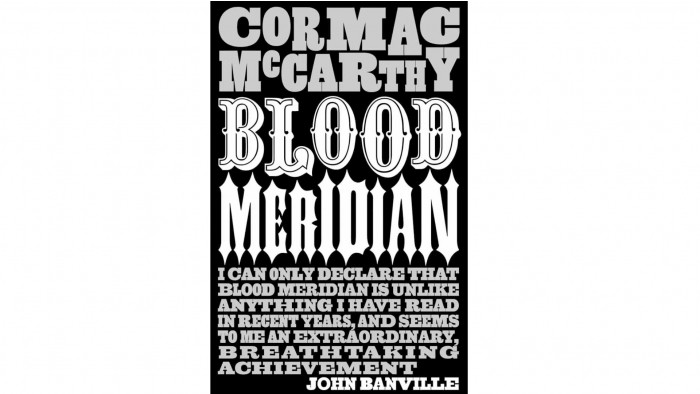
Published in 1985
No Country For Old Men, The Road or The Crossing would be equally at home on this list, but Blood Meridian just edges them as the McCarthy novel that sets the most nerves on edge. An historical revisionist Western, Blood Meridian follows the fortunes of The Kid as he runs with the Glanton Gang, a ferocious cadre of scalp hunters. Distressing enough, you might say, but in his depiction of Judge Holden, McCarthy has conjured up evil incarnate. Beyond scary.
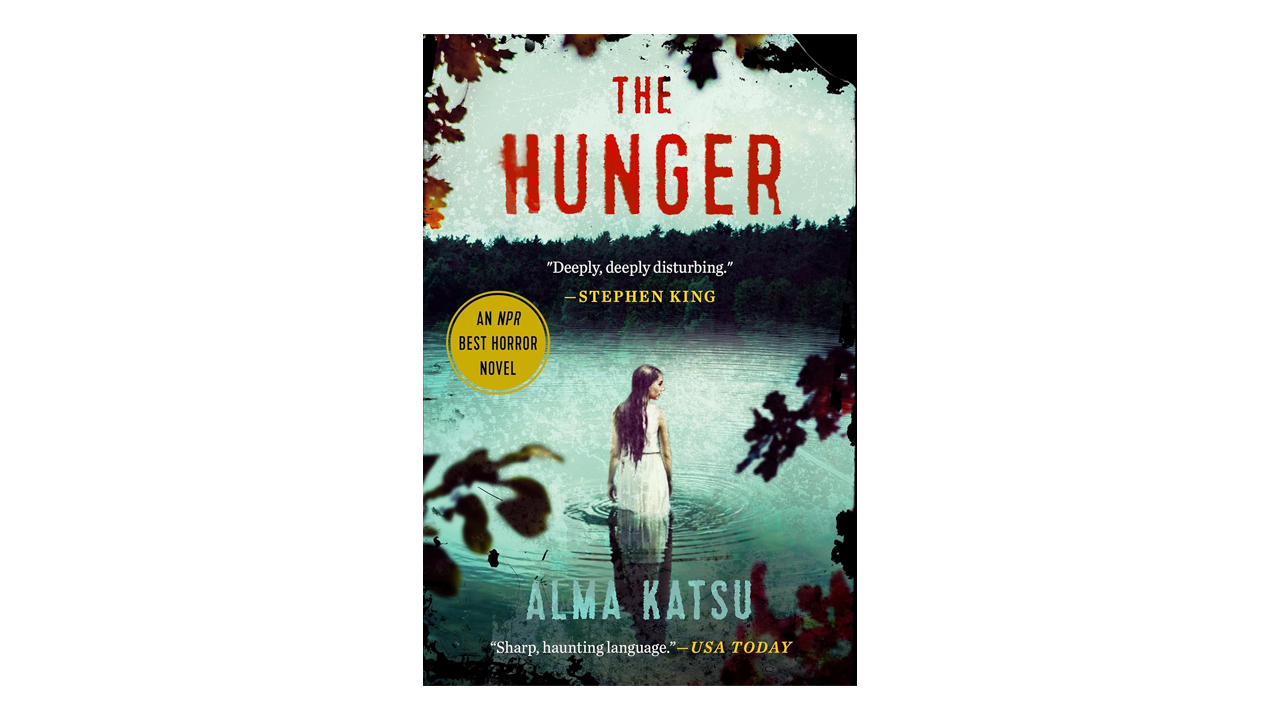
Published 2018
Based on the true (and very grisly) story of The Donner Party, The Hunger is a deeply unsettling exploration of human nature – and the horrifying consequences when people are pushed to their breaking point.
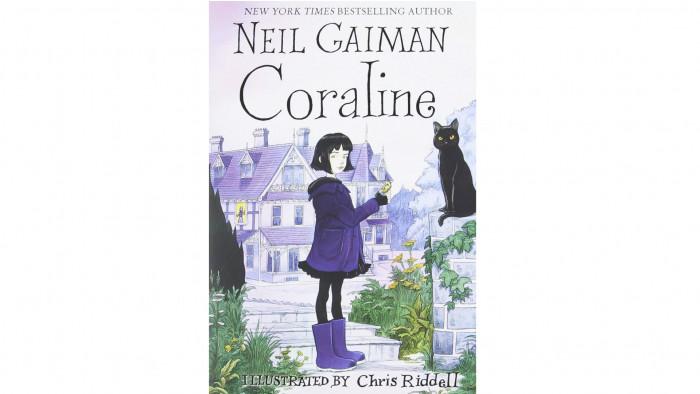
Published in 2002
Temptation, Oscar Wilde famously opined, was the only thing he couldn’t resist. So it is with many people. Unfortunately, temptation can lead to all sorts of bother, as the titular character of Neil Gaiman’s splendid horror fantasy discovers. When Coraline stumbles upon a seemingly perfect ‘Other World’ in her new flat she’s tempted to stay there. But perfection is just a mirage and upon discovering that her parents have been kidnapped and that she has to free the souls of three dead children, she embarks upon a chilling quest – to celebrate normalcy.
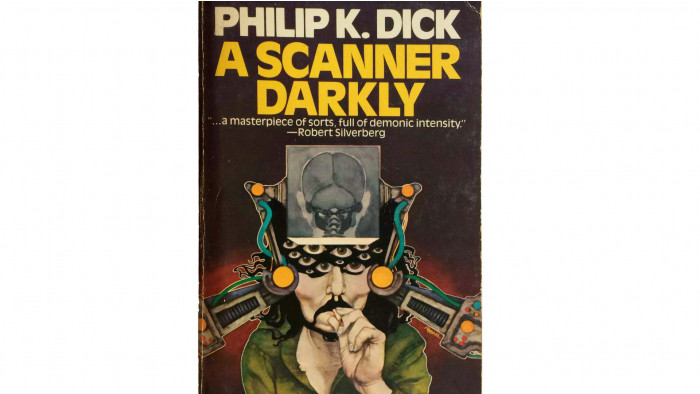
Published in 1977
Bob Arctor lives in a house of inveterate drug users steeped in the burnout of the 1960s counterculture. Arctor is also an undercover cop reporting on the activities of these seditious individuals.Unfortunately, as he becomes addicted to Substance D, his personality seems to alter irrevocably – who is he? What is he doing? Why is he doing it? A powerful treatise that examines the causes of addiction and our reaction to it, A Scanner Darkly is a moving and highly charged piece of writing.
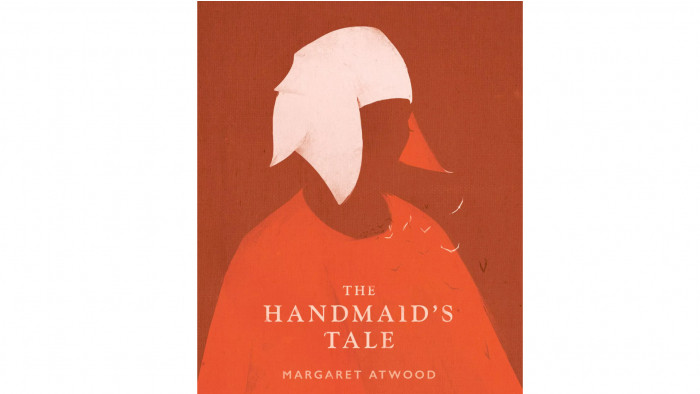
Published in 1985
Dystopian novels are by their very nature distressing as they view the human condition and its future as both cynical and doomed. Atwood’s acclaimed novel is no different. Telling the alarming vision of a near-future America run by a totalitarian Christian government called the Sons of Jacob in which women and other undesirables are afforded second-class status, Atwood’s tale (adapted into one of 2017’s best TV shows) is unnerving because it has a certain plausibility about it – an emotion that will always strike fear into the human mind.
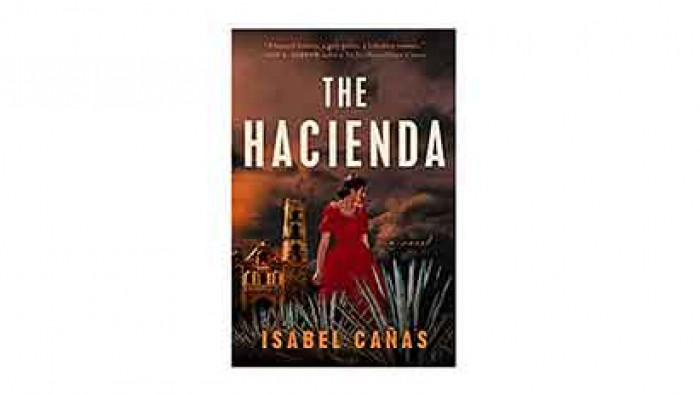
Published in 2022
On The Hacienda's Amazon page it's described as American Gothic meets Rebecca. But this supernatural novel filled with horror and suspense could be one of the scariest books in the list by a long way. On the surface, it's a classic gothic horror. It's set after the Mexican War of Independence when a young woman called Beatriz marries the handsome and mysterious Don Rodolfo Solórzano. But when he returns to work in the city, she is left at his house, Hacienda San Isidro, on her own, which is when she starts hearing voices and seeing visions. Don't read this one at night if you want to get even a wink of sleep.
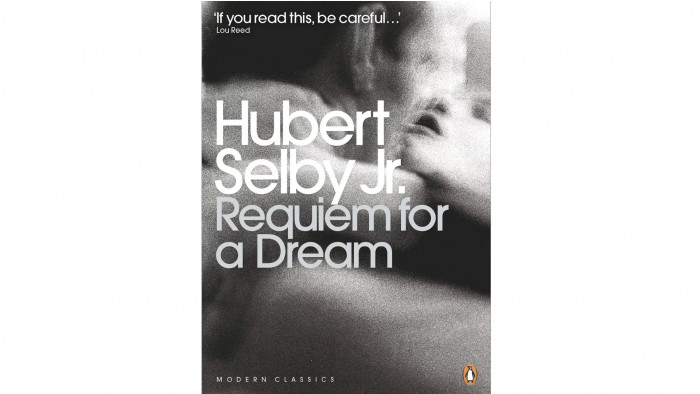
Published in 1978
Hubert Selby Jr. doesn’t do jauntiness, or whimsy, or anything that you might find adapted in a Richard Curtis film. Instead, he grabs the reader by the eyes and chucks a load of unsettling and realistic miserablism into their brain.Requiem For A Dream could well be his masterpiece when it comes to scaring readers out of any comfortable view of the world they may possess. A gripping book that details four individuals' sorry descent into drug addiction as they seek their own slice of the American Dream. The American Dream, of course, being an unobtainable myth for most.

Published in 2022
We've got another recent horror novel here, this time with a creepy lakeside setting and a potential killer on the loose – so if crime horror is your cup of tea, The House Across The Lake is well worth a read. It follows the story of Casey Fletcher, a widowed actress who moves to the countryside and becomes enthralled by the lives of her neighbours. When one of them disappears, she becomes swept up in the mystery, which turns out to be much darker than she could ever have expected.
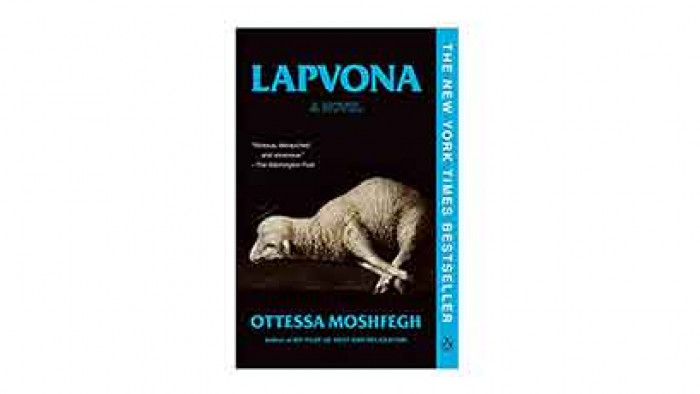
Published in 2022
One of the best horror books of 2022, Lapvona is set in a medieval village dealing with natural disasters and power struggles. It follows the story of Little Marek, the son of the village shepherd whose mother died when she was giving birth. For that reason, Marek becomes close to Ina, the blind village midwife, who possess occult gifts. This is a dark and gripping tale with supernatural elements, as well as plenty of gore – you've been warned.
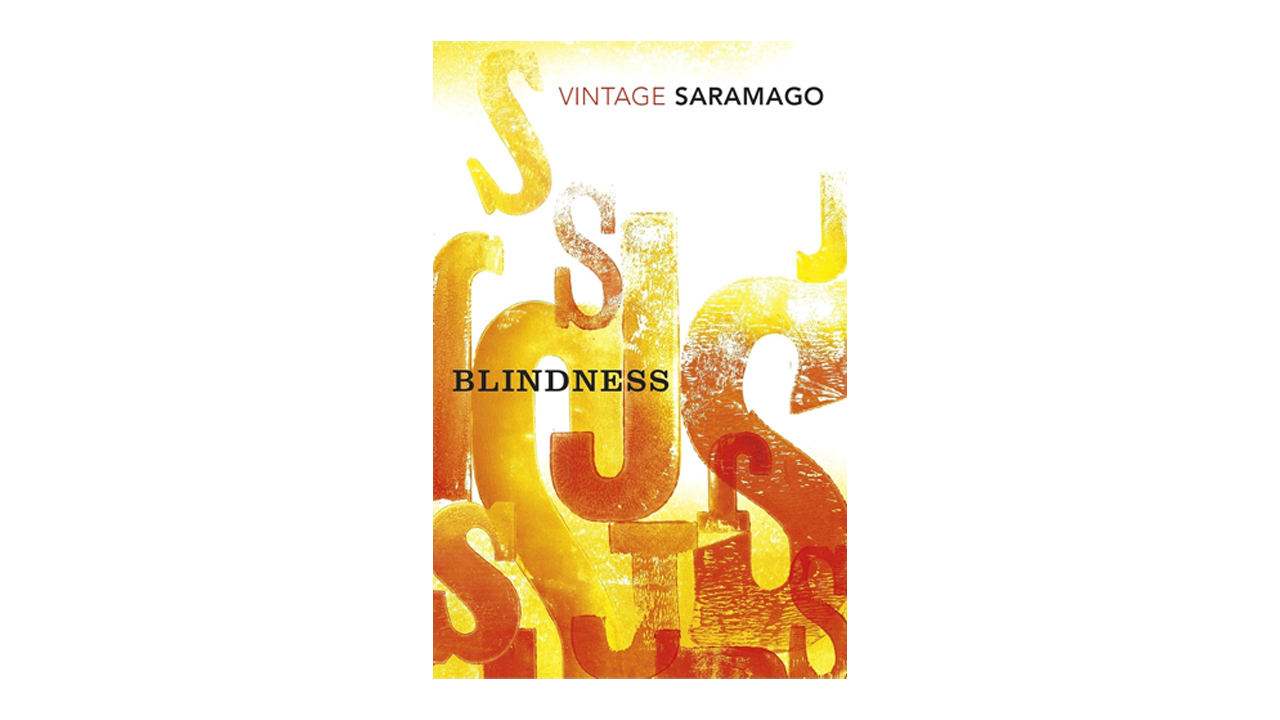
Published in 1995
An unnamed city descends into anarchy when near universal blindness affects its inhabitants. Those in authority move those affected into a holding area and deprivation follows. Saramago’s disturbing book centres on the fortunes of a few of those trying to survive this terrible curse, but its real power lies in the way those in positions of power fail time and again to ease the burden of suffering.A prophetic novel that eerily foretold the disaster of Hurricane Katrina, its devastating effects on New Orleans and the US government’s risible response.
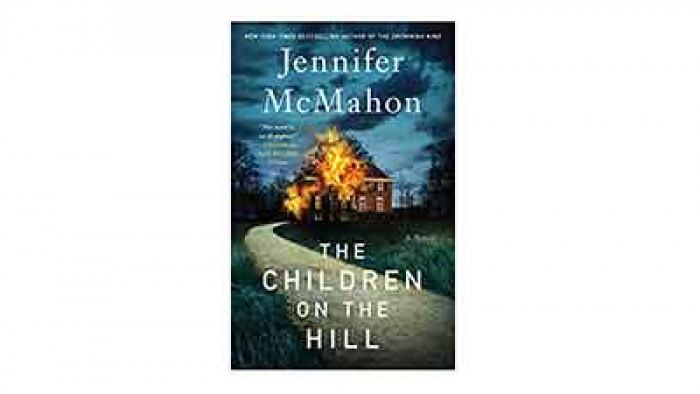
Published in 2022
Several of the picks in our best horror books list are from 2022, a fantastic year for horror. The Children on the Hill centres on themes of monsters, fear and mental illness. Told in a dual timeline format, one thread is set in the 1970s and follows the story of a doctor who adopts a child that can hunt monsters. The other is set in 2019 when a podcast host travels to the same area to investigate a kidnapping. Expect eerie and atmospheric horror from New York Times best-selling author Jennifer McMahon.
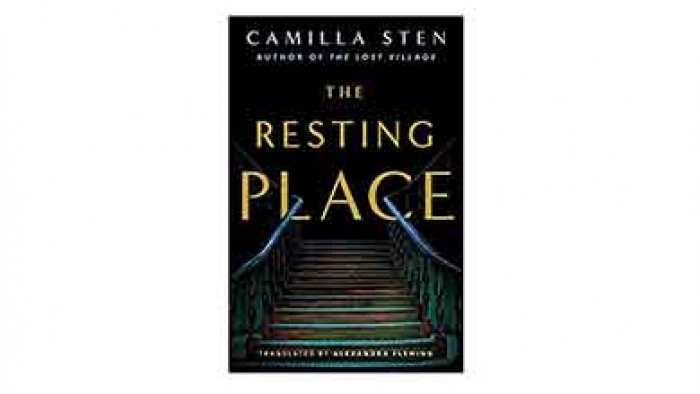
Published in 2022
This eerie, gory and suspenseful horror novel is guaranteed to get your heart racing. It follows the story of Eleanor, a woman with prosopagnosia, which means that she's unable to recognise faces. Eleanor has actually seen her grandmother's killer but she terrifyingly wouldn't be able to identify them. She experiences acute stress and worry about who the killer is and that they might be close to her or about to arrive back at any moment.
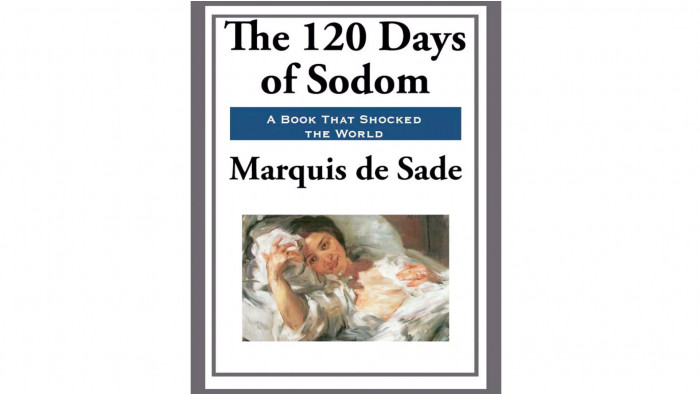
Published in 1905
Although published in the early years of the 20th Century, the Marquis de Sade’s unforgettable work was actually written in 1785. Dealing with the immoral desires of four wealthy young men, de Sade takes the reader far beyond any cheeky and salacious avenue and into the territory of the insane, the unholy and wanton evil bloodlust. The anti-50 Shades of Grey, we implore you not to buy this book for your better half lest they think you a tad unhinged.
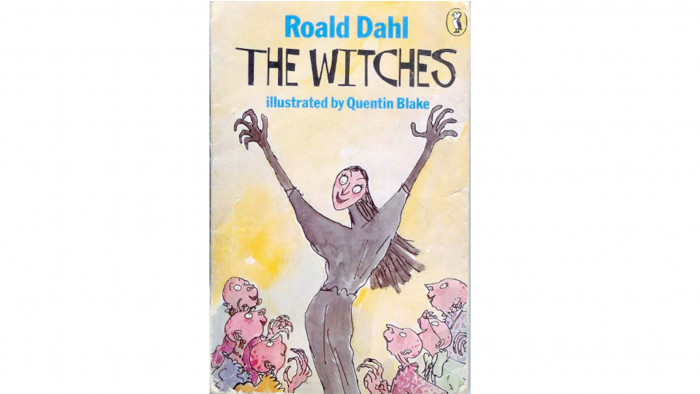
Published in 1983
In Dahl’s evergreen tale, witches are on a mission to rid the world of children by turning them into mice. Only a small boy and his cunning grandmother can save them from extremely sticky ends. A daring, distressing book that doesn’t pull any emotional punches – not least its powerful ending.
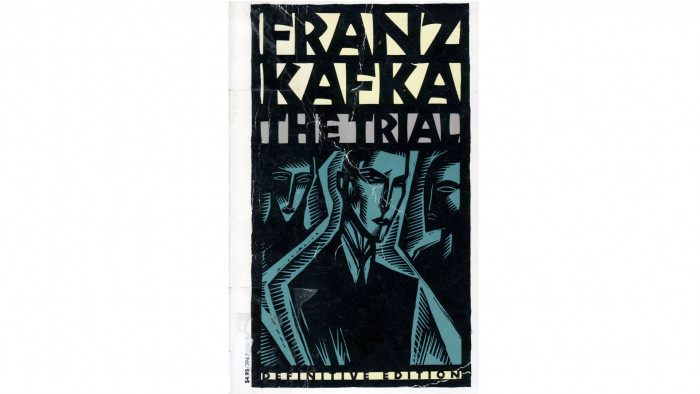
Published in 1925
Having no power or control over your fate and wellbeing is perhaps the disturbing thing you can experience. Such is the hand doled out to K, the protagonist of Kafka’s mesmeric novel.Dominated by a shadowy and heartless bureaucracy, K is soon resigned to his inevitable end. Almost 100 years old, but having lost none of its clout, The Trial is an absurdist classic that strikes at the heart of that which humans fear most – powerlessness.
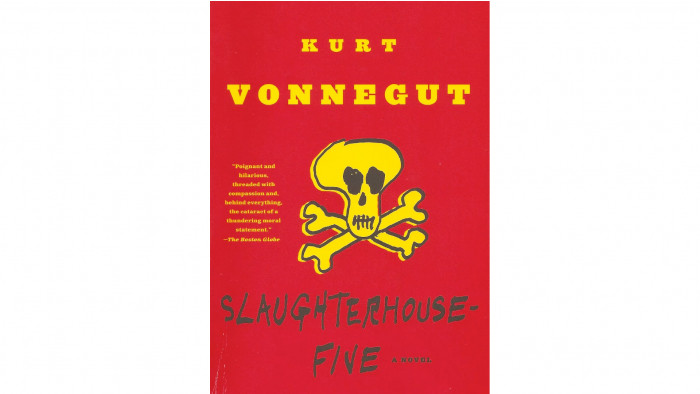
Published in 1969
Much like The Stranger, Slaughterhouse-Five explores the random nature of life and questions the idea of free will. Billy Pilgrim is an ex-POW who survived the destruction of Dresden in World War II thanks to being locked up in a cellar. Back home he becomes an optometrist but he’s also a time-traveller, visiting events in his life at haphazard moments. He knows when and how he will die and doesn’t appear to have a problem with this. His daughter thinks he’s mad, but he’s merely fatalistic. Vonnegut’s coruscating anti-war novel is hilarious, engaging and incredibly shocking.
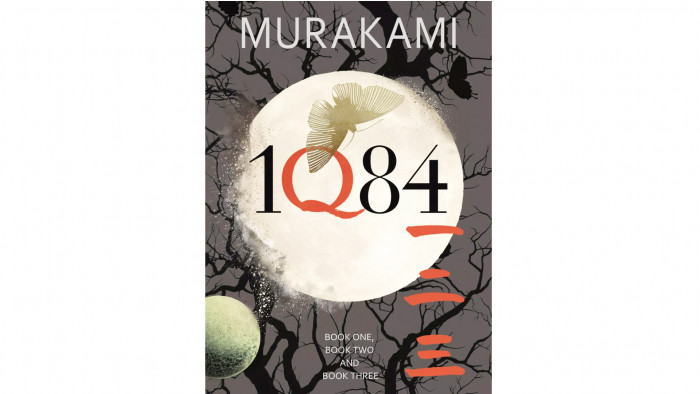
Published in 2009
Acclaimed Japanese author Haruki Murakami has made a virtue out of the disturbing, the strange and the otherworldly. His most ambitious work, the three-volume 1Q84, is an addictive tale in which the space between reality and fantasy becomes ever more blurred. Outlandish cults, expert killers and terrifying leprechauns abound in this bizarre and slightly sinister slice of Murakami abnormality. Don’t have nightmares, folks!
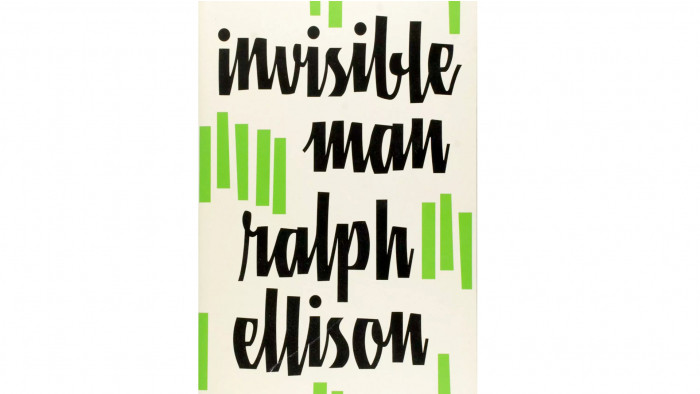
Published in 1952
A book so dispiriting and so redolent of evil that it can only have been written from one place – the truth. Ralph Ellison’s diatribe concerning the black experience in the first half of the 20th Century sets the scene for many of the changes that were about to be bought about by the Civil Rights movement. However, the themes of social invisibility still ring true for many today, and that is even more saddening.
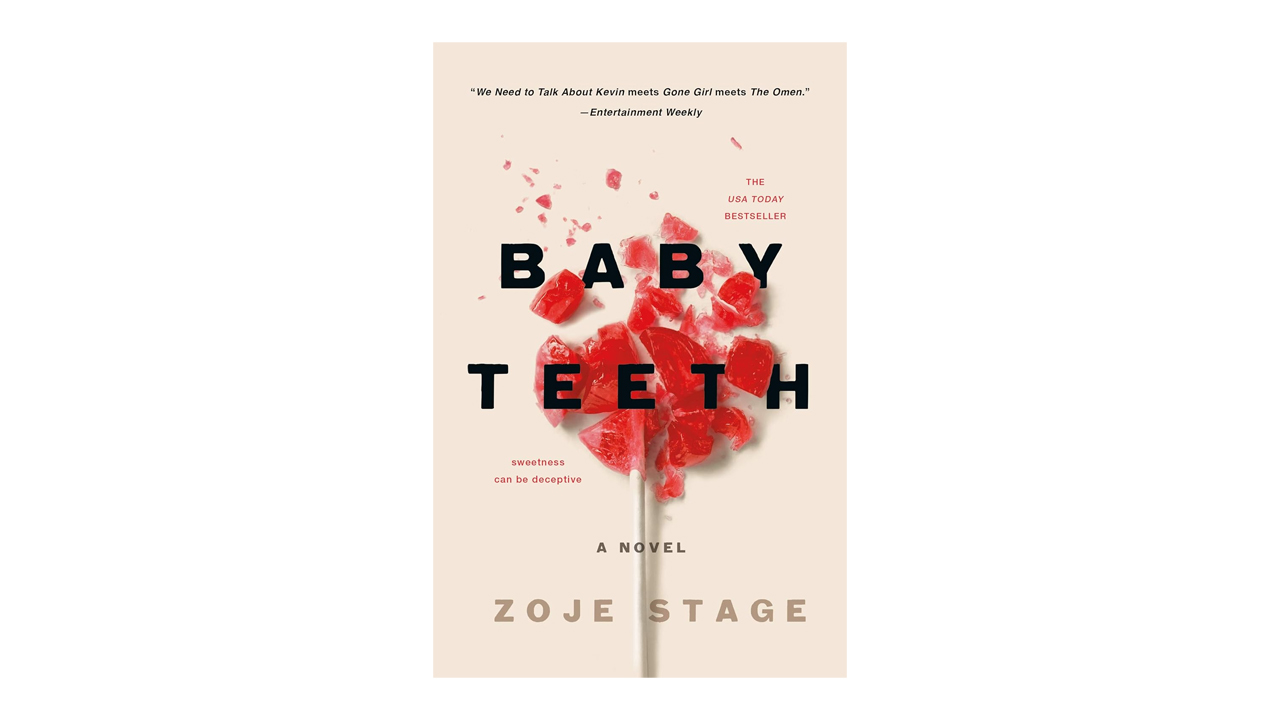
Published in 2018
Written by playwright and filmmaker Zoje Stage, this is one hell of a tense novel. There's psychological suspense and horror in a tale about the bonds between a mother and her daughter.
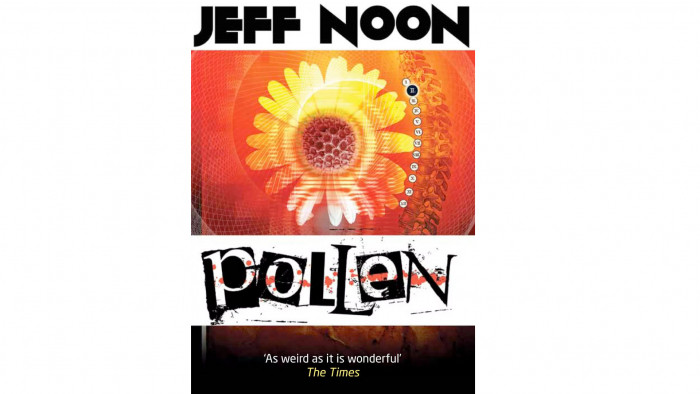
Published in 1995
A modern science fiction classic, Pollen tells the story of a distorted near-future Manchester where people are dropping dead from a bizarre pollen.Inspired by Lewis Carroll’s Alice’s Adventures in Wonderland, the book paints a lively picture of a drug-induced dream world and touches upon crime fiction and alternative counterculture. But the manner in which so many people happily sneeze to their deaths is one that plays havoc with readers. A bold, enjoyable, but ultimately disturbing tome.

Published in 1987
This harrowing novel is set around the mid 1800s in the US where slavery is nearing its end. Sethe is haunted by all that went on and believes that her dead daughter, whose grave has the word Beloved on it, has come back to haunt her. There are myriad horrors in this book but the prose is so beautifully crafted that you will want to keep on reading.
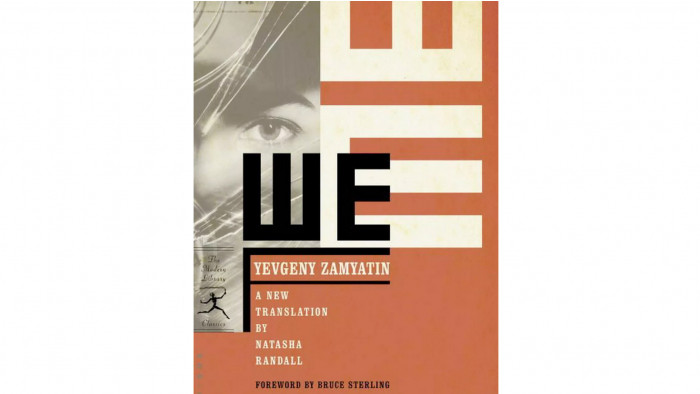
Published in 1924
Another dystopian classic. We was written against the backdrop of the Russian Revolution and what the author Zamyatin saw as the betrayal of the ideals of that era of tumult.It concerns a future police state where all citizens are known by a number. Every aspect of life is controlled in this experimental prison. It emerges, however, that there is life outside of this One State and social protest becomes a very real – and hopeful – cause. A principal influence on George Orwell and his chilling vision of a future in totalitarian meltdown, 1984.
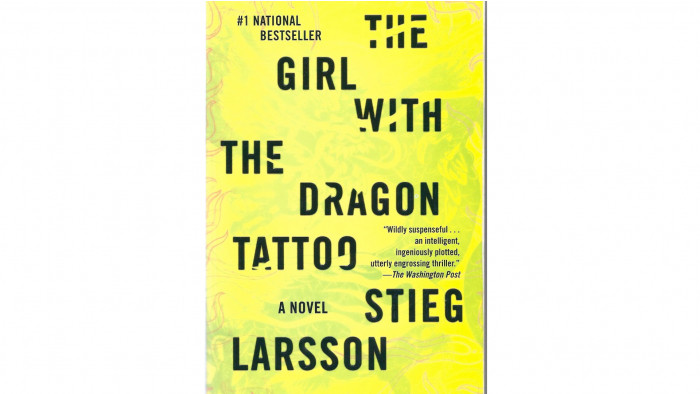
Published in 2005
Rape, sexual abuse, serial murder, incest, corruption… if aliens were to be transported to Earth and given The Girl With The Dragon Tattoo as a first book they would form a thoroughly bleak view of the human condition. Stieg Larsson’s psychological crime thriller caused a global sensation upon its posthumous publication, but that doesn’t lessen its creepy impact. Not a light read in any sense of the word.
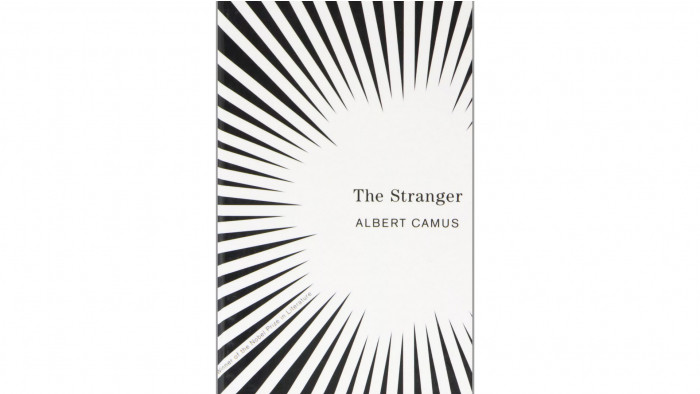
Published in 1942
Free will is one of the most fiercely debated philosophical queries known to man. The extent to which we have choice over our actions will trouble the finest minds for eternity. Killing a man in cold blood for no discernible reason could suggest a skewed vision of free will, or, in the case of Camus’s masterpiece a symptom of existentialism and blind indifference to societal conventions. The Stranger is not scary like a Stephen King novel, but the themes it explores will haunt the mind long after the final page is closed.
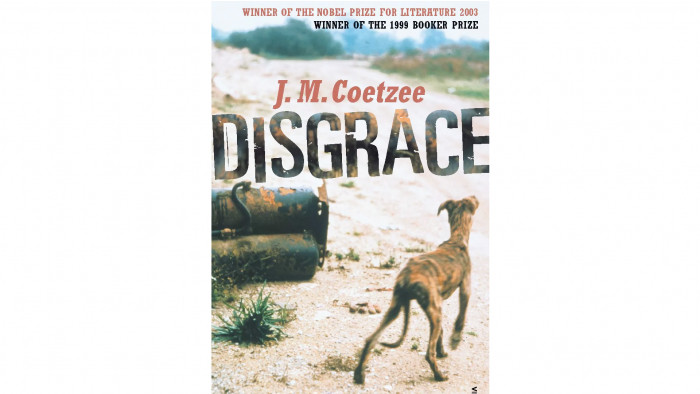
Published in 1999
Giving up on life is, in the eyes of many, an unpardonable sin. But that’s what David Lurie, a man who sits in a privileged position as an academic in post-apartheid South Africa, seems to do in this haunting, Booker-Prize winning, novel. After being forced to resign his post after an affair with a student he loses everything he once cared about. His shame is that he seems no longer to care. He then lives with his daughter on her farm, but he is attacked and she sexually assaulted. As a bleak reading of human nature this is right up there.
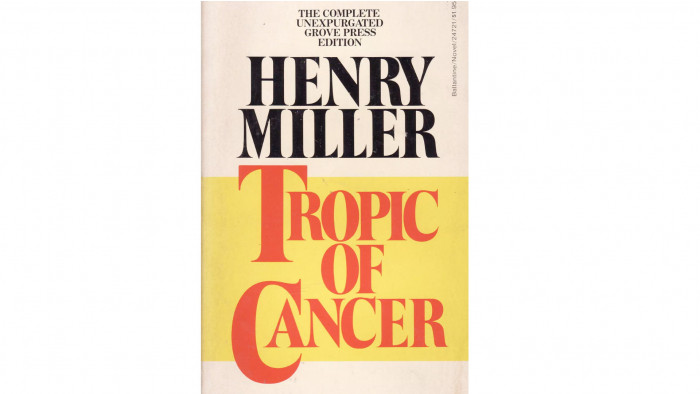
Published in 1934
Originally banned in America for its depraved depiction of sexuality, Henry Miller’s most famous work was finally published in 1961.Even then a judge in Pennsylvania had this to say about it: “(It is) not a book. It is a cesspool, an open sewer, a pit of putrefaction, a slimy gathering of all that is rotten in the debris of human depravity.” The reason the novel still manages to shock and scare is in its detailed portrayal of how low humans are prepared to go to satisfy their primal urges.
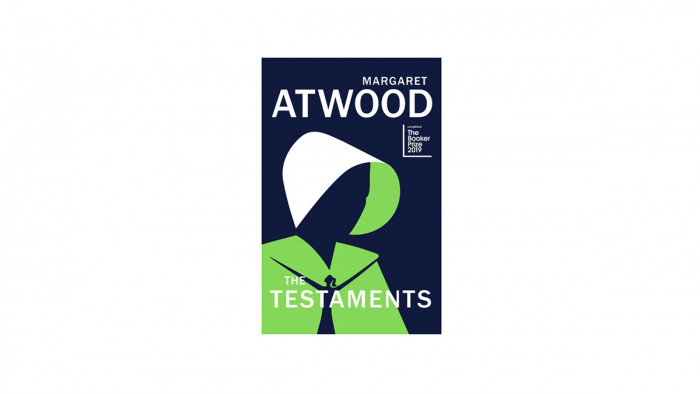
Published in 2019
The long-awaited sequel to Atwood's classic 1985 novel The Handmaid's Tale is breathtaking. It skips ahead 15 years and tells the story of what happens after the events of the first novel through the eyes of three different women living in Gilead. As you'd expect, the Republic of Gilead still maintains its power, but there's signs things could be changing.
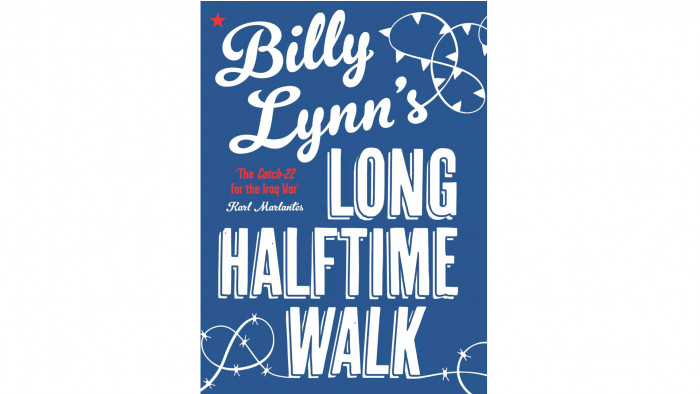
Published in 2012
The reason Ben Fountain’s heroic anti-war novel so haunts the mind is not the explicit depiction of some bloody battle, but the inhuman mistreatment of soldiers by the society that sent them to fight – and die – for some abstract idea of freedom.Fountain manages to achieve the rare feat of prompting even the most anti-militaristic reader to root for the soldiers at the expense of the uncaring individuals that glibly seek to extol them. What is war good for? Absolutely nothing.
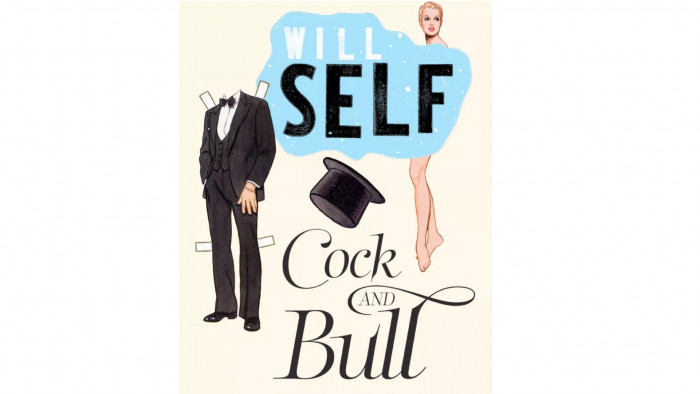
Published in 1992
In Cock Will Self conjures up a lurid vision of a woman who grows a penis; in Bull, a man develops a vagina behind his knee. These two novellas cemented Self’s reputation as a florid, albeit intimidating, genius. The lady uses her penis to rape and mutilate her alcoholic husband, while in Bull, the fey gentleman with the knee vagina is raped by his doctor. If that doesn’t have you pulling the sheets over your head at night then nothing will.
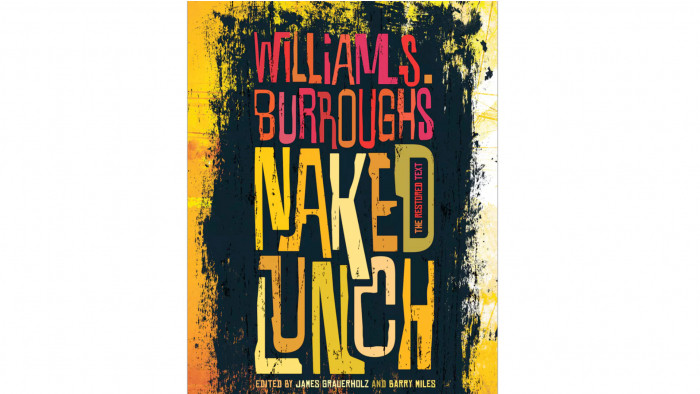
Published in 1959
Banned in the US upon publication, Naked Lunch is a series of vignettes exploring the narcotically charged adventures of William Lee (Burroughs’ alter-ego). Trying to describe anything as linear as a plot is a thankless task and only adds to the dizzying sense that the novel exudes. Reality has long since disappeared in Lee’s world and the disorienting events – orgies, murder, autoerotic asphyxiation among them – just heighten the unnerving tone of the book. Governments should actually make this required reading if they want to scare kids out of trying drugs.
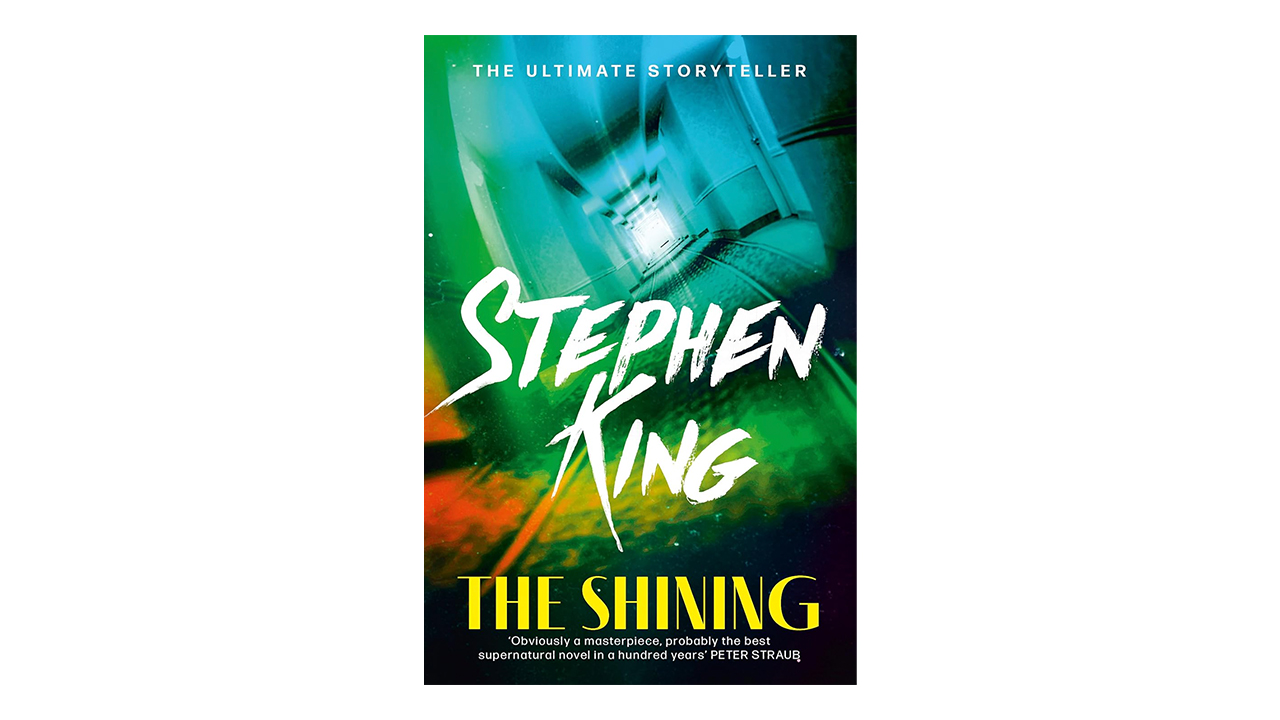
Published in 1977
Here’s Johnny! You’ll see Stephen King mentioned a lot in our list and that shouldn’t be all that surprising considering he’s one of the most prolific horror writers ever. The Shining, before becoming director Stanley Kubrick's cinematic hit, was King’s third novel and is a totemic read for fans of the genre. Focussing on Jack Torrance, a writer who takes up a job as a caretaker in Overlook Hotel, he moves his family along with him and quickly discovers the supernatural terrors lurking within its rooms and his own mind.
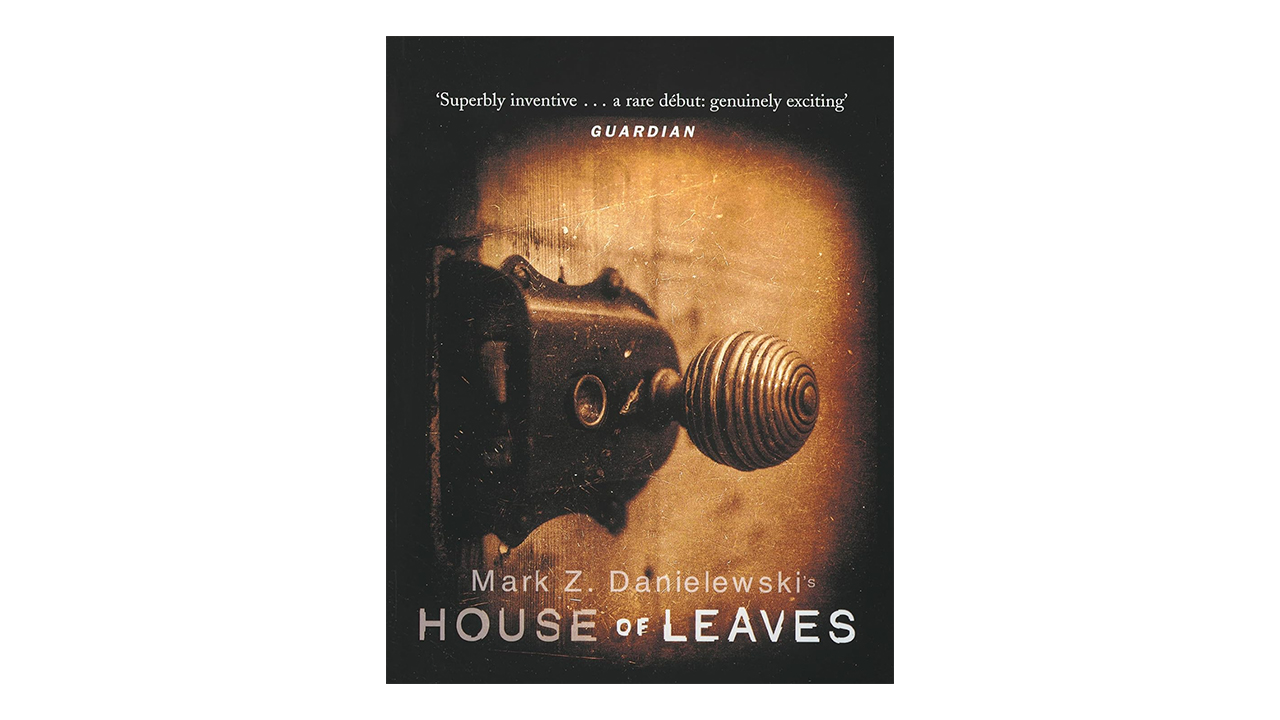
Published in 2000
If you’re a fan of immersive horror, this is the book for you. A story within a story, it follows the fictional documentary The Navidson Record, discovered by a man called Johnny Truant, of a family moving home. But, the house is not as it first seems and neither is the footage. And the beauty of it all? The unconventional formatting, known as ergodic literature, sees typeface, orientation, and narrative transform across the pages, altering the structure of the novel. Every little bit of it adds to the horror of the tale and ultimately, the way it makes you feel.
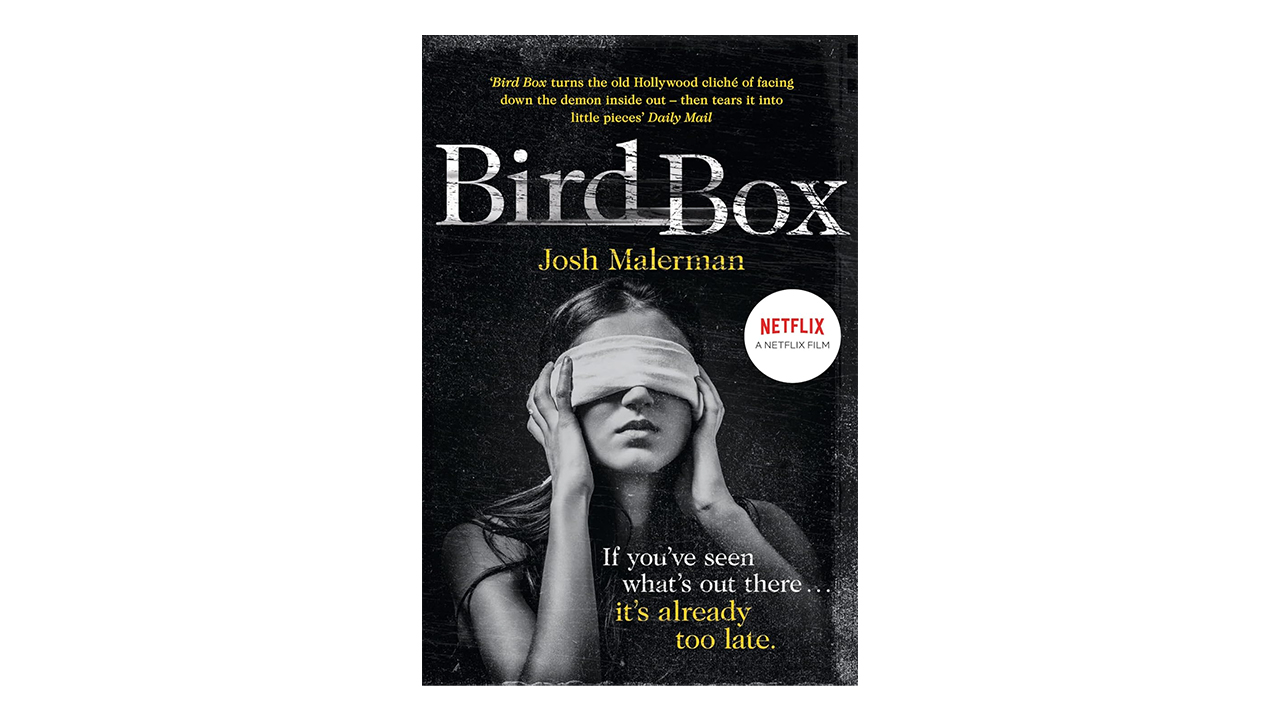
Published in 2014
Before it was a Sandra Bullock-fronted Netflix movie, Bird Box was the vision of its author, Josh Malerman, dreamt up as he lay in the back of a car at night. A mother and her two children must never use their sight through fear of an unseen enemy that threatens to overwhelm them with madness. As they travel for solace, flashbacks are weaved within the narrative of this impending and undetermined terror. It's far better than the movie, so give it a read.
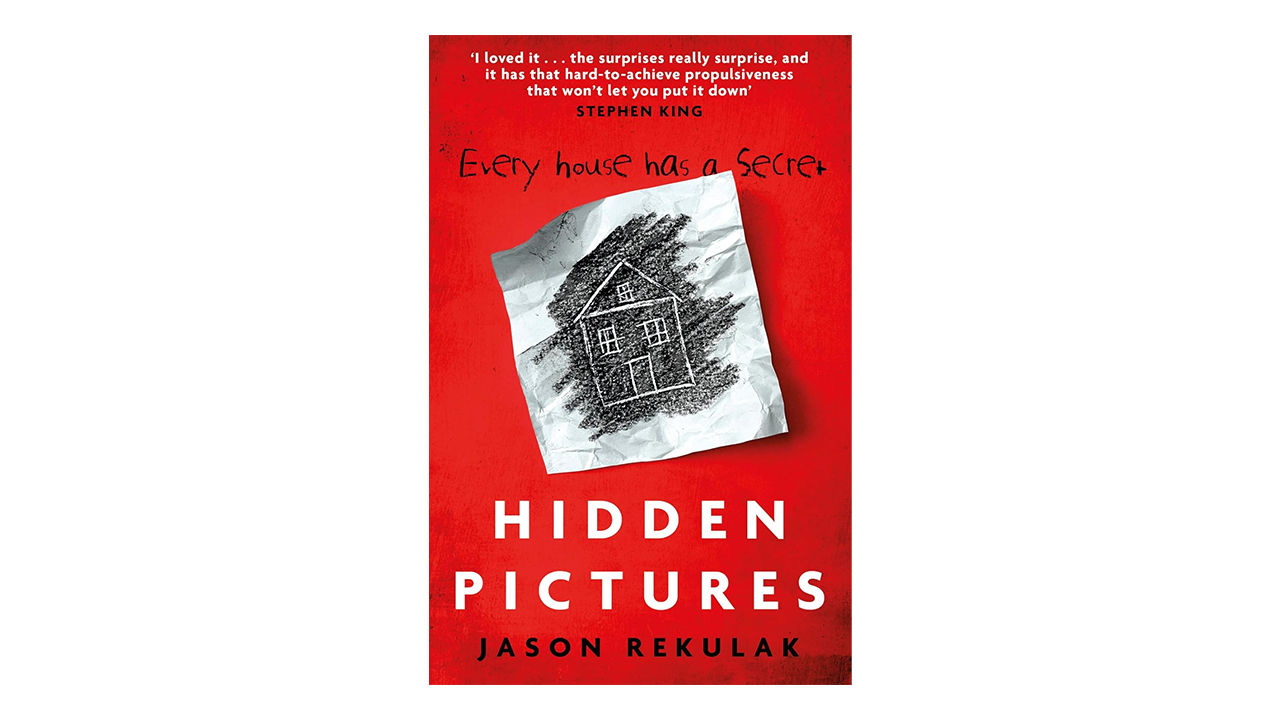
Published in 2022
If you pulled up a list of typical horror story tropes, you’d be ticking a lot of boxes with Hidden Pictures. Creepy child, cursed circumstances, possessed characters, horrifying twists, check, check, check. But, it’s the way Jason Rekulak tells it that truly earns it its place on your to-read list. When Mallory takes up a nannying job to look after Teddy, it’s anything but child-friendly. And if you love a twist, Rekulak doubles down.
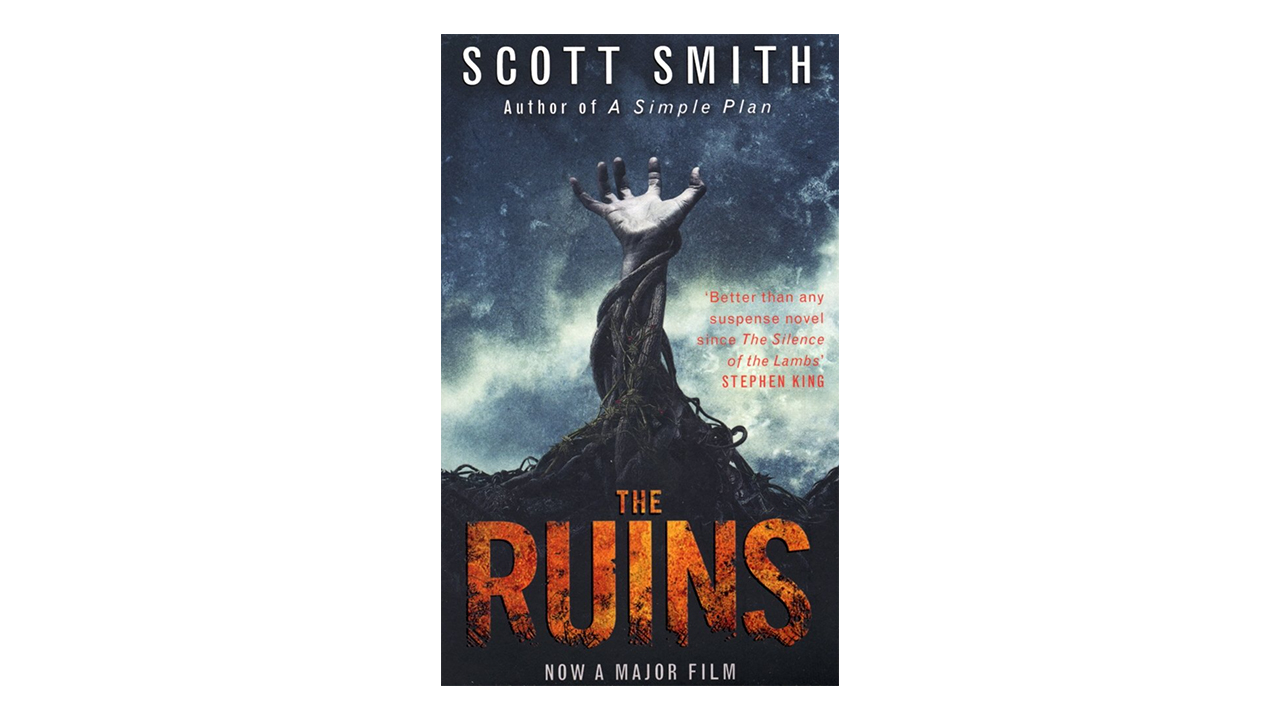
Published in 2006
This isn’t the first survival horror book on our list and it’s certainly not the last, but it is the only one that cements itself into the backdrop of the Mexican jungle, housing a carnivorous plant and violent villagers. Depicted as an incredibly hostile place for six tourists to find themselves trapped, they have to fight the urge to give up while being overwhelmingly scared for their futures. And you’ll be scared, too.
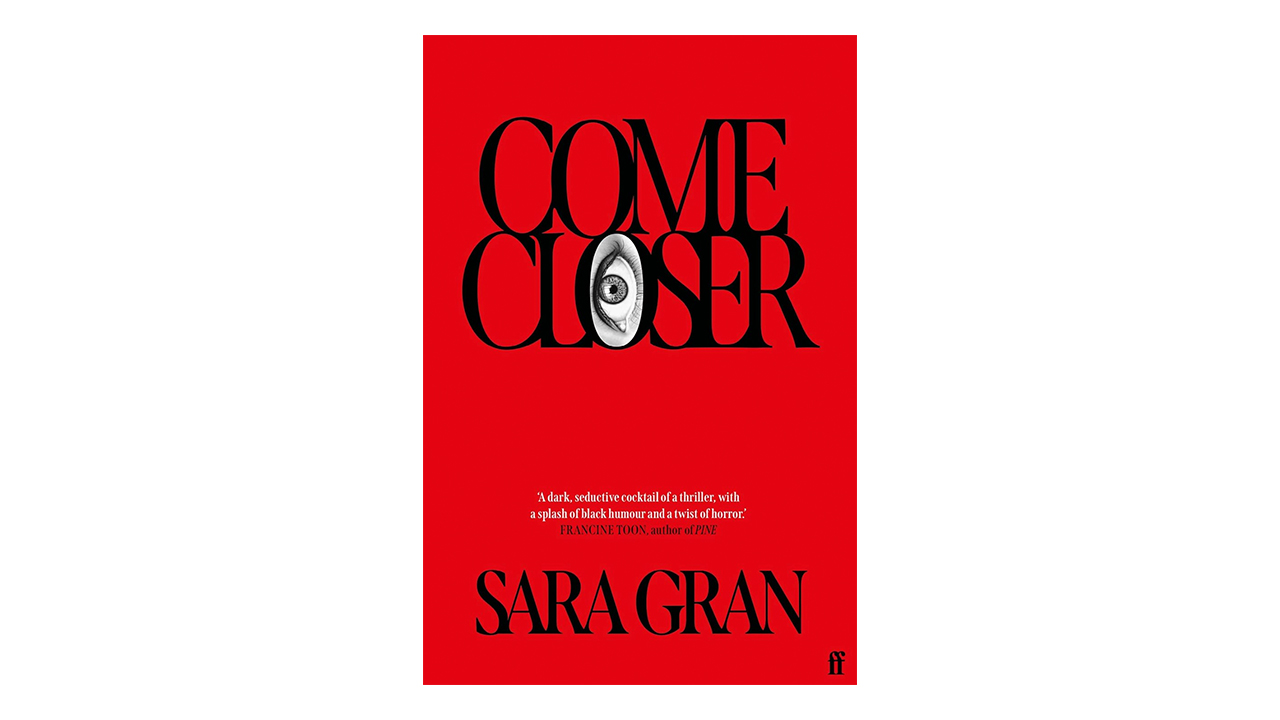
Published in 2003
Amanda is a successful and happy architect living her fortunate life in New York, until things start to go wrong, little by little. Taking intrusive thoughts to a new level, watching Amanda unravel across Sara Gran’s carefully scripted horror will leave you feeling just a touch unsettled, to put it lightly. Possessed characters feel obviously tormented, but Amanda doesn’t see it coming and neither will you.
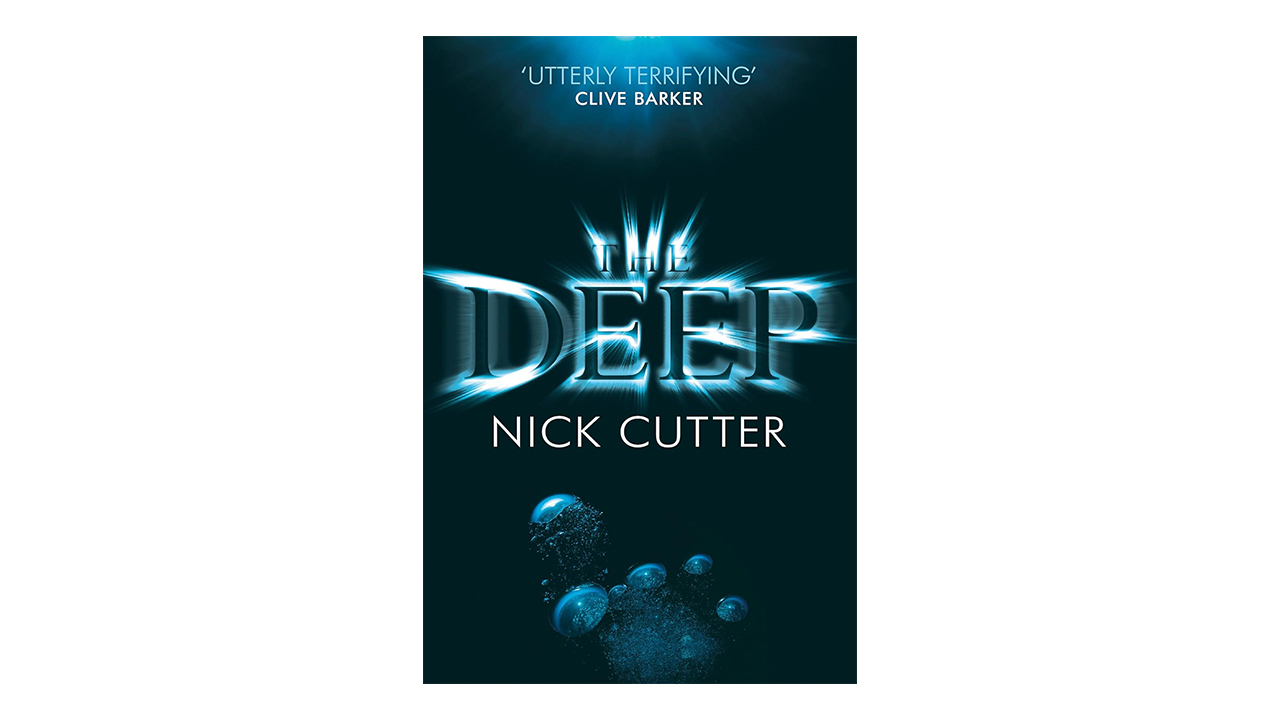
Published in 2019
Are you afraid of the dark? How about the depths of the ocean? As a disease known as GETs spreads with no known cure, it rips memories and bodily functions away from its victims. But hope is found hidden below the Pacific Ocean, far below, and to get there a group of people have to descend and face the darkness that awaits them. A great horror novelist, Nick Cutter also has The Troops that’s well worth a read, too.
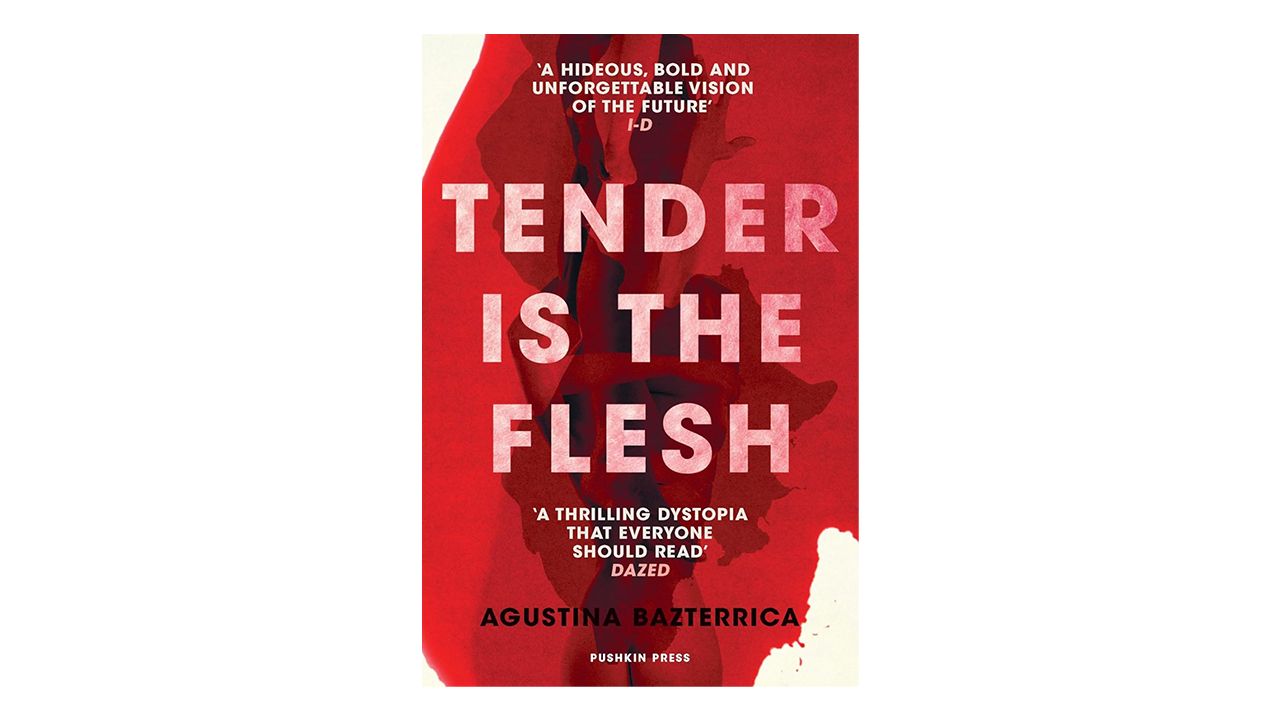
Published in 2017
The best way to describe Tender is the Flesh is that you’ll be left feeling pretty icky throughout. A virus has turned animal meat poisonous, so cannibalism has become legalised. Eating human meat has become normalised, but experiencing this dystopia as if it is normal feels anything but. Marcos works in a human meat factory and, quite understandably, struggles to come to terms with this new reality. But the societal change has already gone too far.
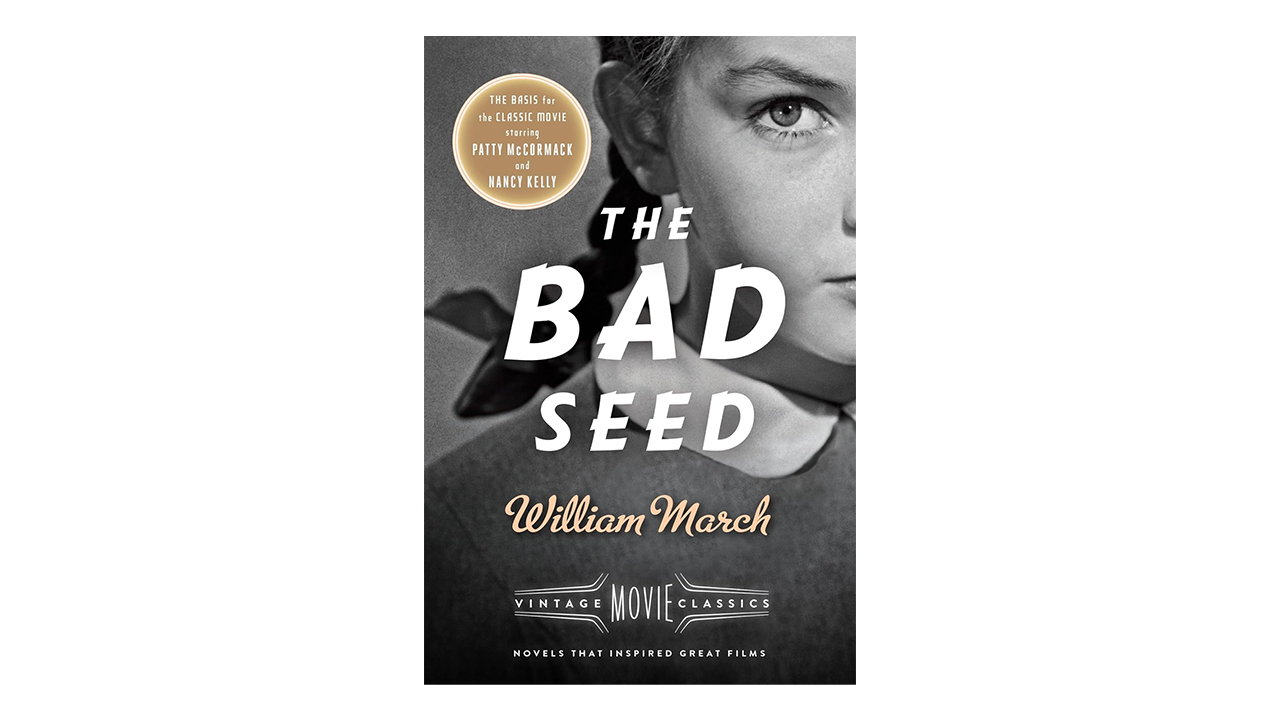
Published in 1954
One of the earlier examples of a depiction of evil children in literature, The Bad Seed sees a mother, Christine, begin to suspect her eight-year-old daughter, Rhoda, of murder. And then, after a schoolgirl is mysteriously killed, Christine starts to blame herself, believing Rhoda to have been evil all along. What’s especially horrifying about Rhoda’s character is how little she feels about any of it, but you’ll feel a lot — and none of it good.
- These are the best modern horror movies
SOMETHING MISSING FROM OUR SHORTLIST?
Tell us about it, and if enough people agree we'll add it in.
Get exclusive shortlists, celebrity interviews and the best deals on the products you care about, straight to your inbox.

As Content Director of Shortlist, Marc likes nothing more than to compile endless lists of an evening by candlelight. He started out life as a movie writer for numerous (now defunct) magazines and soon found himself online - editing a gaggle of gadget sites, including TechRadar, Digital Camera World and Tom's Guide UK. At Shortlist you'll find him mostly writing about movies and tech, so no change there then.
You must confirm your public display name before commenting
Please logout and then login again, you will then be prompted to enter your display name.
